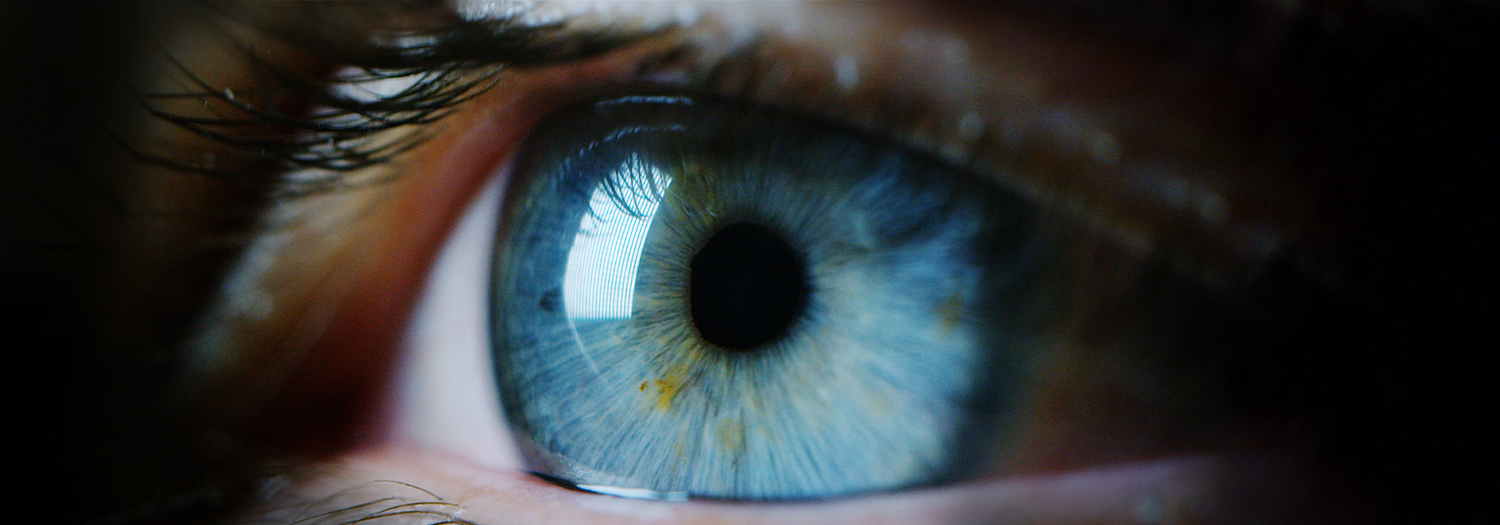 Trauma and stress can happen often.
Trauma and stress can happen often.
Traumatic events or stressors are part of life. A car accident, an operation, death of a loved one including a pet, attack, fire, floods, abuse in childhood, addiction cravings, partner betrayal.
Many events, including recent traumatic events and memories, can be addressed with EMDR. It’s not a medication. It’s not a trick, and it’s not temporary. “Relief” is the description I have heard from many clients.
You may think, “How can this possibly work?” And I respond, “What have you got to lose.”
Be all in and tackle the stressors and trauma that have limited you from living your life fully.
The impact of today’s world is more than most of us are equipped to handle.
Our nervous system becomes overwhelmed when there’s no relief.
Multiple events seem to occur more often, and resiliency is not there. Modern society does not always build resiliency, and feeling overwhelmed is the new norm.
In humankind’s history, never have we been exposed to change at such an accelerated rate.
Give yourself a break.
Let’s think of the brain’s two parts – the right brain and the left locking together. The memory of the traumatic event or stressor in the left brain is locked together with the right brain’s emotional response.
EMDR, as a bi-lateral stimulation in the brain, helps to unlock the memory from the intensity of the emotion.
 EMDR really works, and it will not hurt you…
EMDR really works, and it will not hurt you…
EMDR Eye Movement Desensitization and Reprocessing is one of the most researched therapies out there. It is a proven, evidence-based approach. You only need to know two things: it really works, and it will not hurt you. Clients who have completed the process of EMDR have said, “EMDR transformed my life.” Others have said, “Why did I wait so long?”
EMDR is a natural process in our brains. It is not about character. It is neurological, a cognitive shift toward transformation.
EMDR was originally developed by Francine Shapiro to address traumatic events and stressor-related conditions, including veterans who were still reacting to past war memories.
Dr. Shapiro writes about her discovery of this naturally occurring phenomenon. She looked at it as desensitization using her traumatic life event as the subject. A troubling memory can change in intensity, becoming more resolved, so the emotional impact has faded in memory and is filed into the past where it belongs.
Today, EMDR treats recent traumatic responses, anxiety, obsessive-compulsive, mood-related conditions, trauma, stress-related conditions, medical-related conditions, and more.
Here’s what the process will look like…
I have a traditional approach to EMDR, which is condensed into the following sequence…
Your history: including significant events in childhood that you may still have emotional energy around
Preparation: safety measures
Resourcing: learning to self-regulate your nervous system
Identify your image, feeling, sound, etc., associated with your trauma or stressors relating to your core issues. This includes your senses, “What do I see,” “…hear,” “…smell,” “…feel in my body.”
We’ll identify your negative belief and positive belief when a traumatic experience happens. Often, a negative belief is attached: “I am unlovable,” “I am weak,” “I deserve bad things”; the positive belief is, “What would you want to believe,” “I am lovable,” and “I am safe now.”
We’ll reprocess small chunks at a time, thus stimulating bi-lateral activation in the brain through eye movement or sound or tactile buzzers. The client revisits the memory of the trauma or stressor.
Eventually, there’s a transformation. You notice that something has changed. Something has shifted.
No longer does it have to be overwhelming to get through the day.
EMDR can be a means for you to find this relief.
Gifting yourself therapy is like saying, “I deserve to be happy,” and can be life-changing.
Call today. I can help you. Let’s start with a free consultation: (480) 431-4994.

